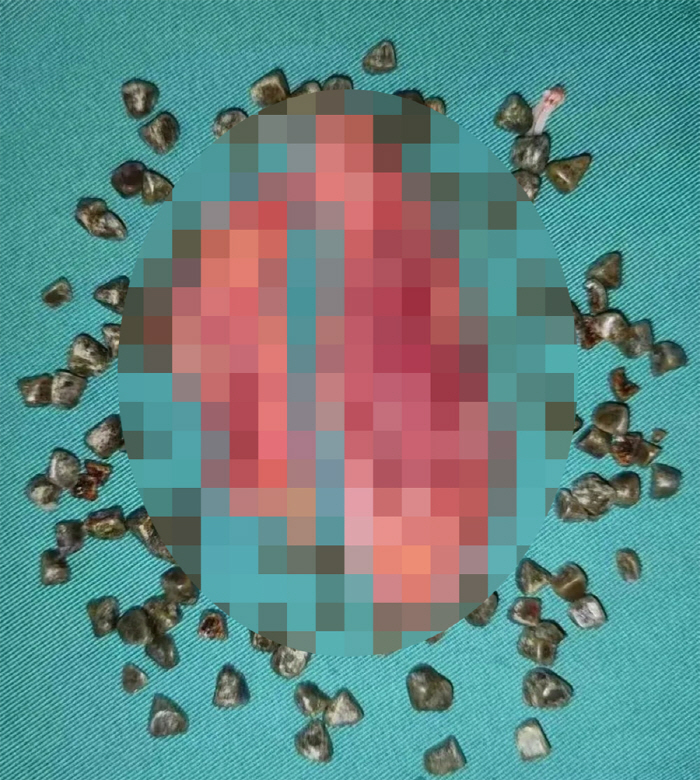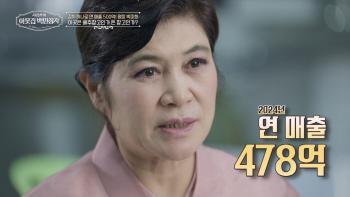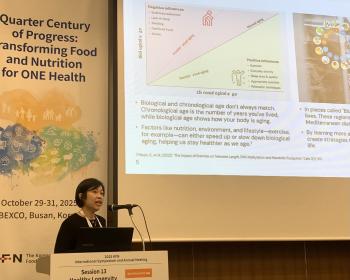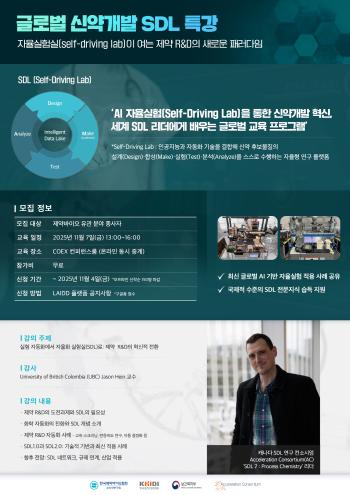Excessive diet, high-fat meals, stones in the body
Jun 03, 2025
|
According to the Health Insurance Review and Assessment Service, the number of patients with cholelithiasis in Korea increased by nearly 80,000 (41.3%) over the past five years from 192,551 in 2018 to 270,2018 in 2023.
Depending on the location, gallstones are classified into ' gallbladder gallstones' when they appear in the gallbladder (the gallbladder) and ' bile duct gallstones' when they appear in the bile duct (the gallbladder). Bile (gastrolyte) is made in the liver and flows through the bile duct, stored in the gallbladder, and then discharged. If the bile is not discharged well and stagnates or there is an imbalance in the bile composition, gallstones are produced.
Gallstones are more common in women than in men and with age. Rapid weight changes, pregnancy, liver disease, and hemolytic anemia are also considered causes of gallstones. In the medical community, cholelithiasis is called '4F' disease. It occurs well in obese women in their 40s (Forty), and it often causes problems, especially during pregnancy (Fertile).
Professor Lee Tae-yoon of the Department of Cardiac Pancreatic Surgery at the Catholic University of Korea's Incheon St. Mary's Hospital said, `The presence or degree of symptoms varies depending on the size and location of the gallstones, and if they are small and do not move, they may be asymptomatic, but blocking the bile duct can cause severe pain"With chronic diseases such as diabetes and high blood pressure increasing along with a Westernized diet, the number of patients with cholelithiasis is increasing."
The components that make up bile include cholesterol and bile acid. A lifestyle or diet that causes an imbalance in these components or interferes with the discharge of bile can lead to gallstones. For example, irregular meals and excessive diets through fasting can cause bile congestion and cause gallstones as the components that make up the bile crystallize. High-calorie, high-fat meals also break the balance of bile components, causing gallstones.
However, having gallstones does not mean that everyone suffers from cholelithiasis. In some cases, there are no symptoms for 20 to 30 years. This is called 'asymptomatic cholelithiasis', which requires no treatment unless it is a special case. However, if there is a high risk of developing gallbladder cancer, such as gallstones △ 2.5 to 3 cm or more, calcified gallbladder △ gallstones and gallbladder polyps, gallbladder resection is performed even if there are no symptoms.
Conversely, if symptoms appear or the risk of complications is high, treatment is needed to prevent recurrence and complications. If gallstones block the entrance or bile duct to the gallbladder, severe pain and jaundice can occur, and there is a risk of cholecystitis and cholangitis. When gallstones get caught in the duodenal papilla, acute pancreatitis may occur.
The most common symptom of cholelithiasis is severe abdominal pain. In Korean, it is also expressed as heartache, sudden aches, and stomach cramps.
Suddenly, my upper stomach hurts severely, especially in the upper abdomen and back on the right side. The pain is so severe that I have to take painkillers. It may hurt for at least 15 minutes, or at most for the whole day, but it usually subsides after two to three hours. Therefore, it is easy to accept as indigestion or neurotic gastritis that is commonly experienced after eating stimulating food, because it is uncomfortable and then improved repeatedly after eating. If cholelithiasis is suspected, the presence of gallstones can be confirmed through ultrasound (abdominal ultrasound). In addition, CT (Computer Tomography) or MRI (Magnetic Resonance Imaging) tests are sometimes required.
Professor Lee Tae-yoon said, "Patients with cholelithiasis often only repeat gastroscopy because they have a stomachache, and then get an ultrasound examination to find gallstones because there is no improvement in symptoms." "If you are diagnosed with gastritis and there is no improvement in symptoms even after treatment, you must suspect cholelithiasis."."
Treatment depends on the location of the gallstones and the presence of symptoms. The standard for cholecystolithiasis treatment is laparoscopic cholecystectomy. In particular, if the gallstone size is more than 3cm, surgery is often recommended even if there are no symptoms because it is associated with gallbladder cancer.
On the other hand, it is common to remove bile duct stones through endoscopic retrograde cholangiopancreatography (ERCP). Most patients with bile duct stones often have gallbladder stones together. Drug treatment can be considered limitedly when gallbladder function is maintained, gallstone size is small, and cholesterol is present. However, it is not commonly used because it requires long-term use and has a high recurrence rate.
Professor Lee Tae-yoon said "Large gallstones over 3 cm have a higher risk of developing gallbladder cancer than smaller gallstones, so surgery is recommended even if there are no symptoms."
Proper eating habits and proper weight management are important to prevent gallstones. A diet high in fiber and low in fat helps prevent gallstones rather than fatty foods high in calories and fat. Obesity is a major risk factor for gallstones, and it is necessary to maintain an appropriate weight, but skipping meals or losing weight in a short period of time can also cause gallstones. It is desirable to manage weight without difficulty. Drinking plenty of fluids and regular check-ups are also important.
Professor Lee Tae-yoon said "Bile stones may not have any symptoms in the early stages, but if left unattended, they can cause serious complications such as cholecystitis, cholangiopancreatitis, and pancreatitis."If cholelithiasis is suspected, it is important to get an early examination and seek specialist counseling" he said.
|
This article was translated by Naver AI translator.















